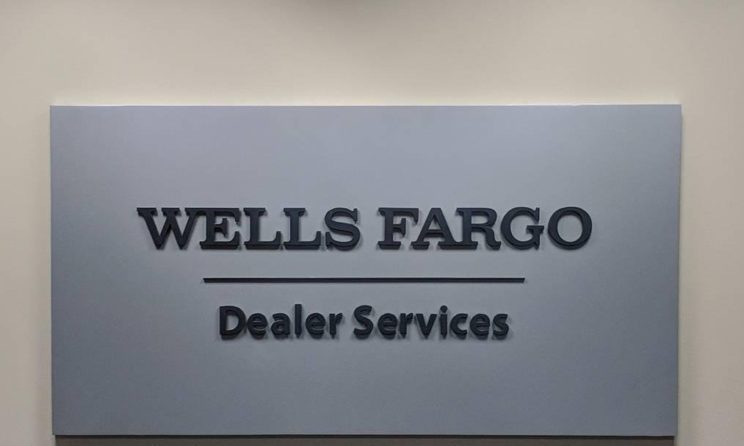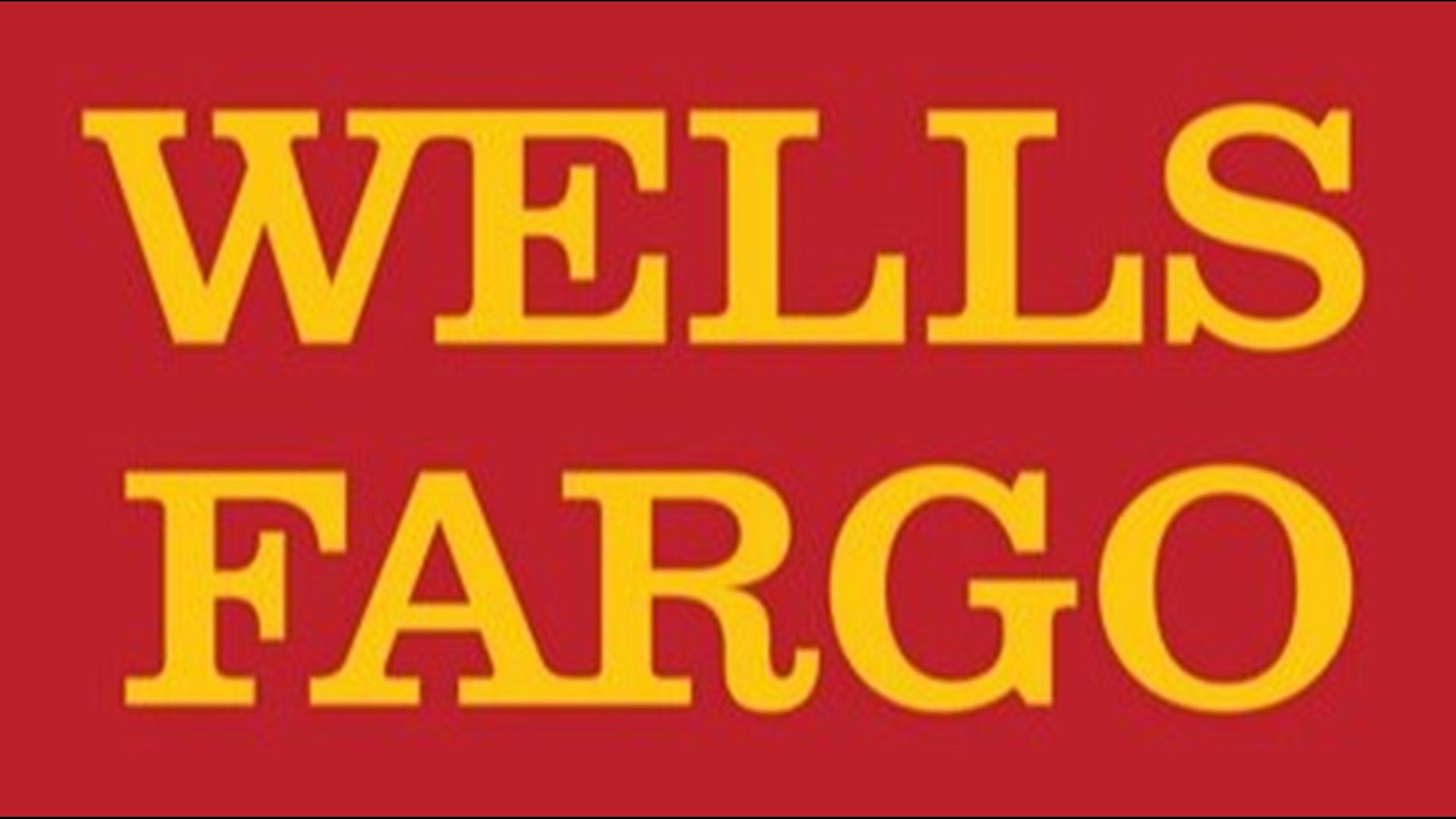

Those who couldn’t would be put on probation, forced to work unpaid overtime or even fired. A California lawsuit against the bank alleged that managers would “constantly hound, berate, demean and threaten employees” to meet sales quotas. The report noted, however, that employee participation in the accounts scandal was motivated more by fear than by financial compensation, as not meeting these goals was a good way to get fired. These sorts of incentives, in turn, began influencing who got promoted: advancement in the bank was frequently based on sales performance, not management acumen or business knowledge, leading employees to believe, rightly, that the “route to success was selling more than your peers.” As just one example, bankers who achieved nine daily qualifying sales would get $250 at the end of the quarter those who made 11 would get $500 if they got 13, they’d get $800. The bank's own internal report on the sham accounts scandal said that employees were offered a wide variety of incentives linked to factors such as products sold per day, daily profit, packages sold per quarter, quarterly partner referrals or the number of loans made per quarter. These scandals can be seen as the consequences of a ruthless sales culture that put extreme pressure on employees to sell as many financial products as possible. These investors then packaged them into mortgage-backed securities, which themselves played a key role in the financial crisis of 2008. In the other, the government said that the bank issued home loans with misstated income details and misrepresented the quality of these mortgages to investors.

In one, the bank was accused of modifying home mortgage loan terms without their customers' knowledge or consent. There have actually been at least two scandals regarding mortgages. As a result, 274,000 Wells Fargo customers went into delinquency, and almost 25,000 had their cars wrongfully repossessed. The problem, though, was that the bank was signing people up for insurance even if they already had coverage from another company, and these policies were generally more expensive than the ones customers had already obtained on their own. As part of the terms of its auto loan program, customers had to have insurance. The bank's policy was that anyone taking out a car loan would automatically be signed up for insurance if they didn't already have it. The auto loan scandal had a similar character. Bank employees signed customers up using email addresses not belonging to consumers to enroll them in programs without their knowledge or consent. Some of these customers were then assessed fees and penalties, including overdraft fees from linked accounts, monthly service fees for failing to maintain a minimum balance, annual credit card fees and interest charges. The sham accounts scandal involved the bank signing customers up for checking accounts, credit cards and debit cards with neither their knowledge nor consent. Justice Department and Securities and Exchange Commission over a widespread fraud on its customers on several fronts, including sham bank accounts, forced auto insurance and surprise mortgage adjustments, according to the New York Times.
/wells-fargo-secured-credit-card-7d1ab7da572f40d5bb598ef33a29bc25.jpg)
Banking giant Wells Fargo is close to entering a settlement with the U.S.


 0 kommentar(er)
0 kommentar(er)
